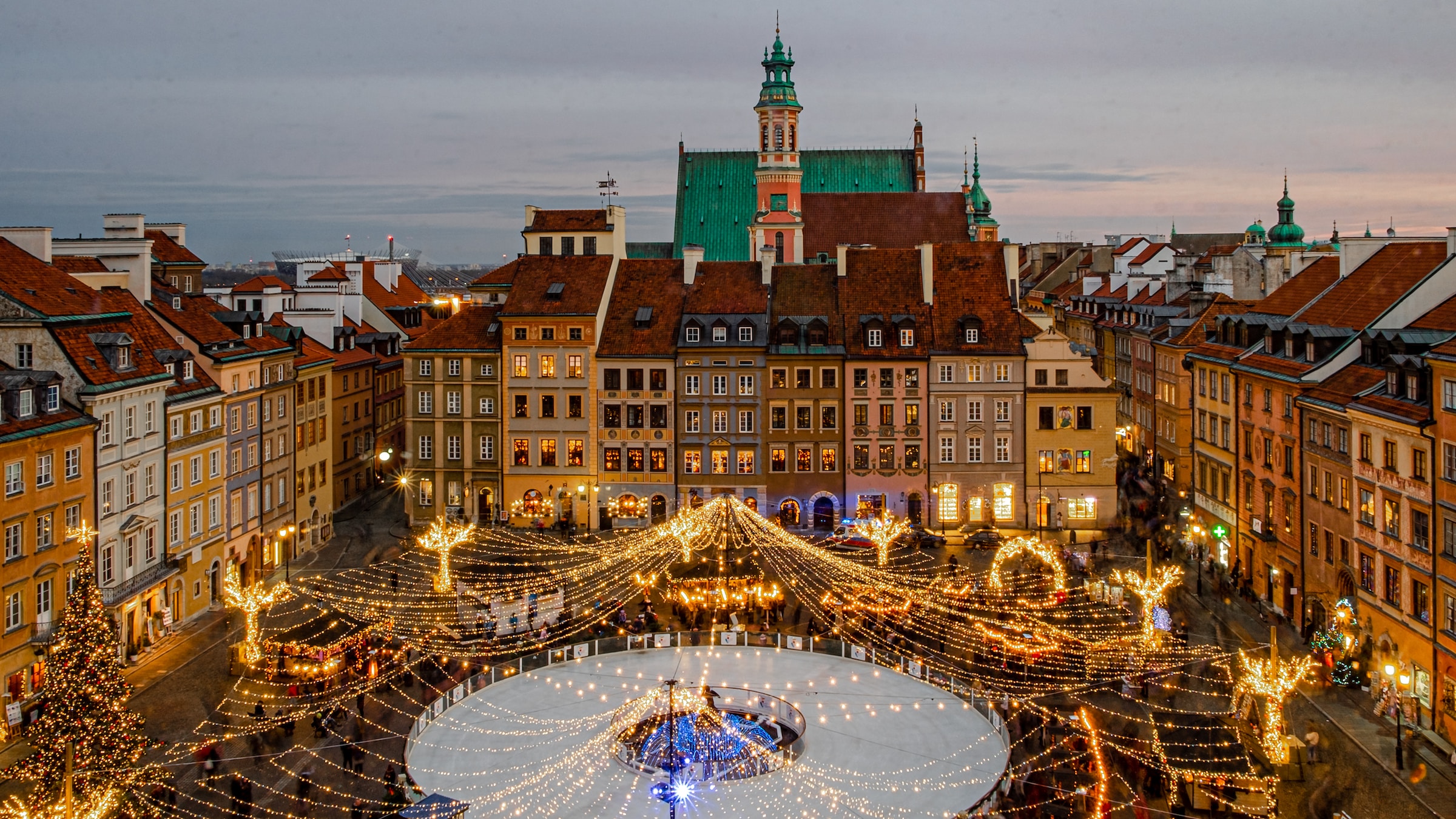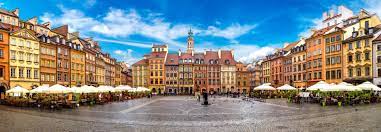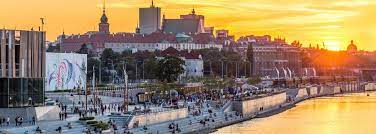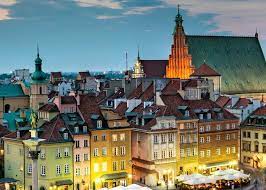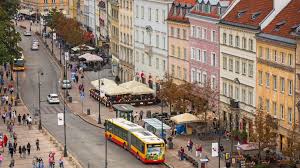Warsaw, the capital city of Poland, is a dynamic and vibrant metropolis that seamlessly blends rich history with modernity. Known for its resilience and transformation, Warsaw offers a diverse range of attractions, cultural experiences, and a thriving urban atmosphere.
Warsaw's history is deeply intertwined with World War II and its aftermath. Despite extensive damage during the war, the city has been meticulously rebuilt and restored, preserving its historic landmarks and architectural gems. The Old Town, a UNESCO World Heritage Site, features charming cobblestone streets, colorful facades, and the iconic Royal Castle, a symbol of Polish heritage. The Warsaw Uprising Museum pays tribute to the city's brave resistance during World War II, providing a comprehensive and emotional insight into the past.
Beyond its historical significance, Warsaw is a hub of cultural activities. The city boasts numerous theaters, concert halls, and art galleries, offering a diverse range of performances and exhibitions. The National Museum houses an extensive collection of Polish art, while the Museum of the History of Polish Jews tells the story of the rich Jewish heritage in Poland. The Palace of Culture and Science, an iconic landmark, hosts various events and provides stunning panoramic views of the city from its observation deck.
Warsaw's dining scene reflects its cosmopolitan character, with a mix of traditional Polish cuisine and international flavors. From hearty Polish classics such as pierogi (dumplings) and bigos (hunter's stew) to contemporary fusion dishes and international culinary delights, the city's restaurants cater to a wide range of tastes. The lively food markets, such as Hala Koszyki and Hala Gwardii, offer a variety of local and international food stalls, creating a vibrant gastronomic atmosphere.
Warsaw's green spaces provide a respite from the urban hustle and bustle. The lazienki Park, with its beautiful gardens and the iconic Palace on the Water, is a popular spot for leisurely walks and outdoor concerts. The Vistula River, which runs through the city, offers opportunities for boat cruises, riverside walks, and recreational activities. The city's numerous parks and squares provide ample space for relaxation, picnics, and outdoor events.
Transportation in Warsaw is efficient, with an extensive network of buses, trams, and a metro system. The city's public transportation makes it easy to explore different neighborhoods and attractions. Bicycles are also a popular mode of transport, with bike lanes and bike-sharing programs available for residents and visitors.
In summary, Warsaw is a city that tells a story of resilience, history, and cultural richness. With its blend of historical landmarks, vibrant cultural scene, diverse culinary offerings, and green spaces, Warsaw invites visitors to discover its past, embrace its present, and experience the spirit of this vibrant capital city of Poland.
